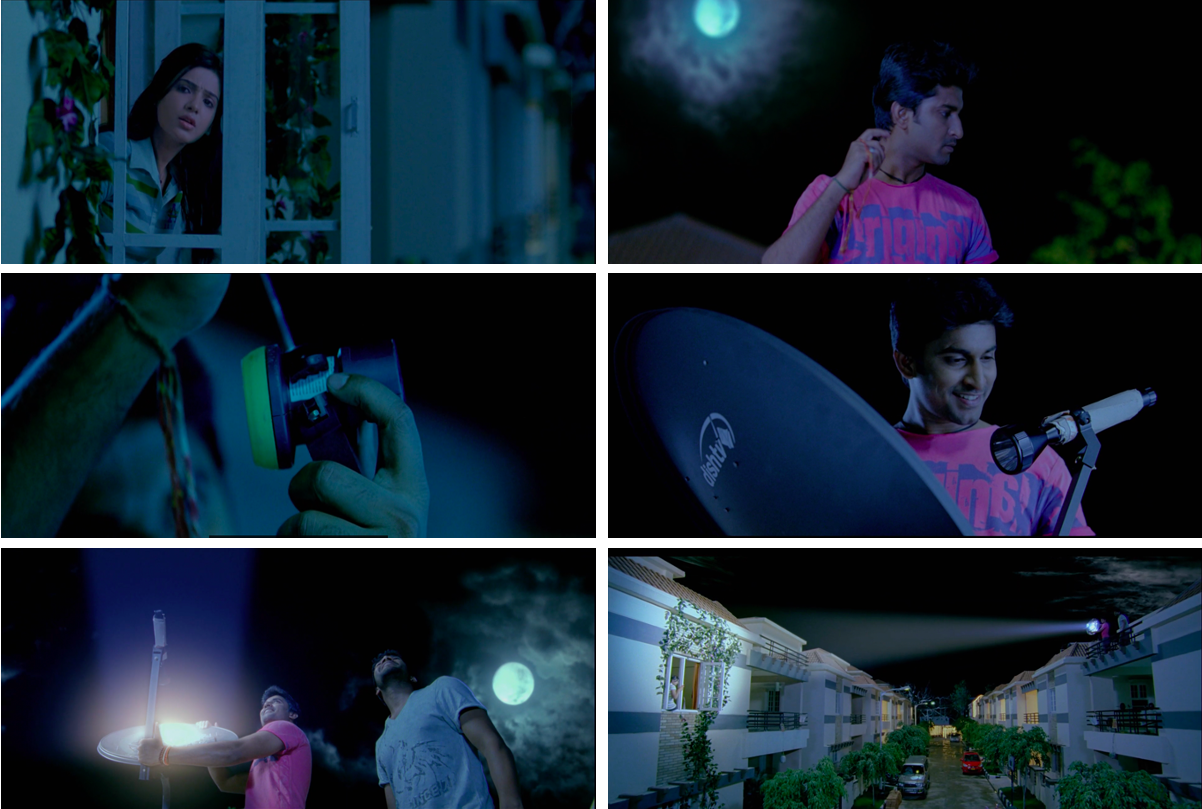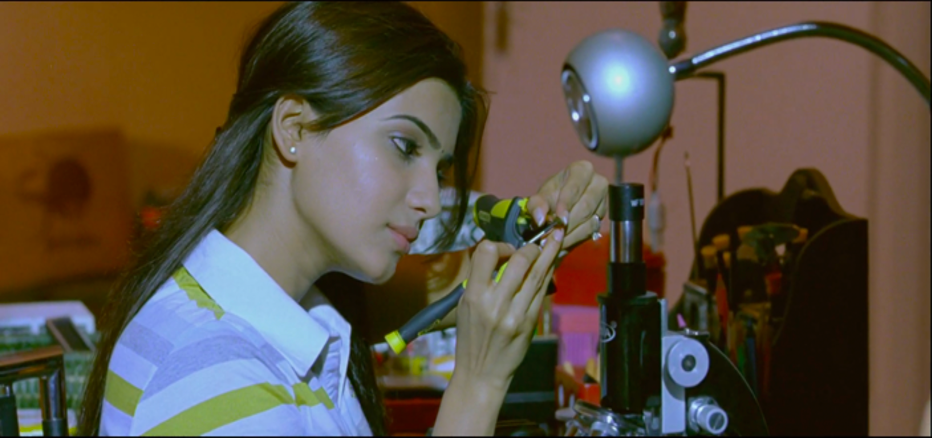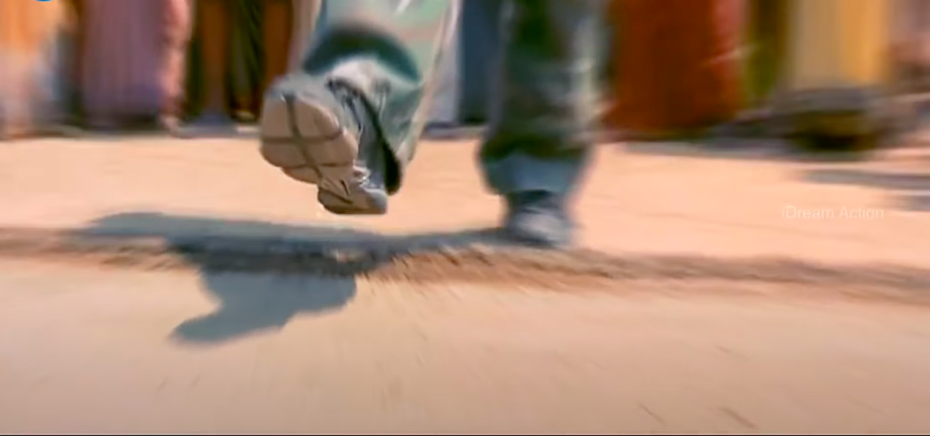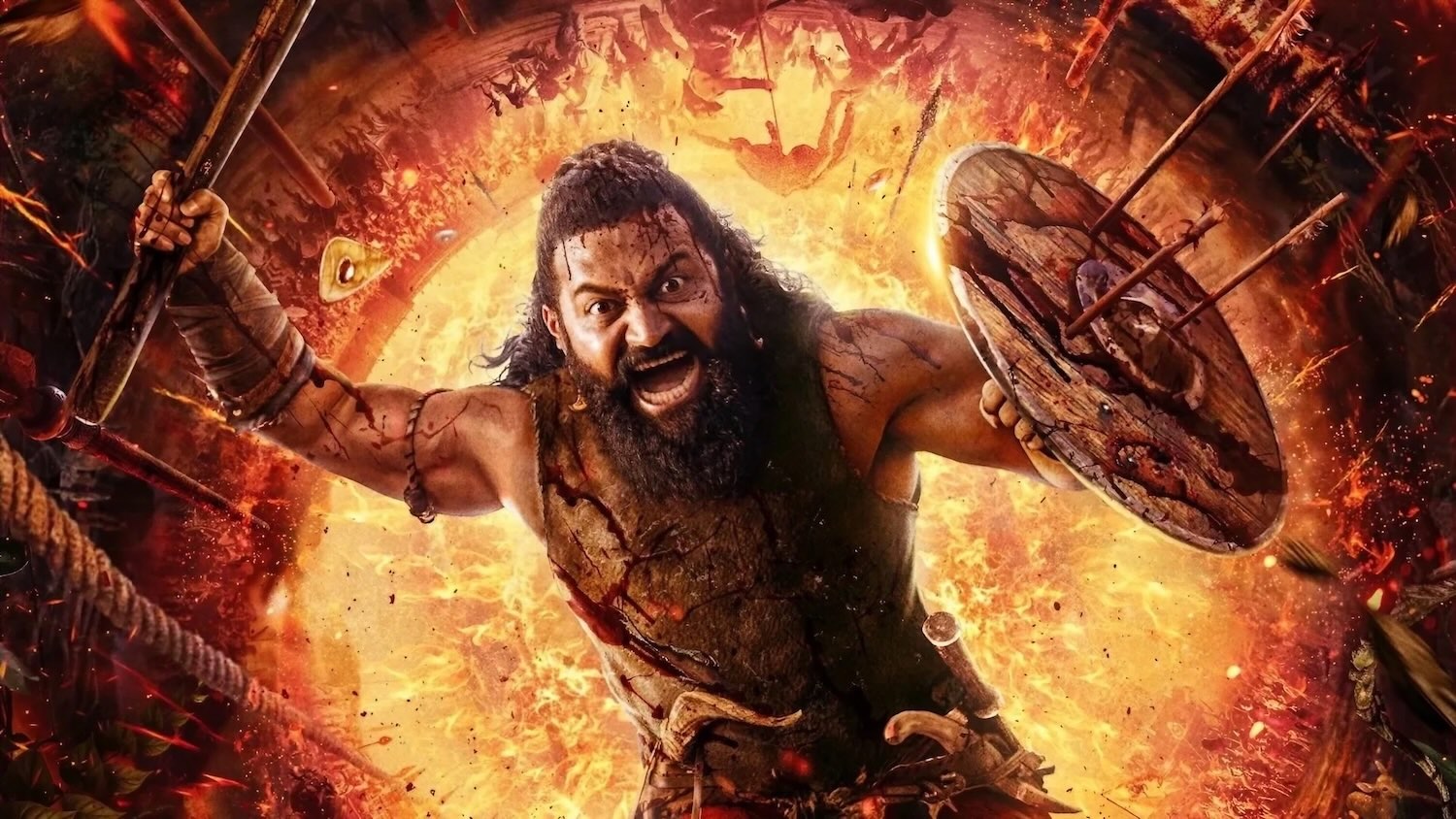


By Gautam Jain
Before the release of Bahubali: The Beginning (2015), the term ‘Pan India film’ did not exist in film media or audience lingo. Cut to 2022, on last count, about 35 films in various stages of production are being touted as 'Pan India films'. Only a few of them will eventually work outside their home market.
What makes a 'Pan India film' work better than another? The answer can be a complex one. Starcast (face value) and scale (big-screen worthiness) are two evident attributes. But not every pan India attempt with face value and big-screen elements has worked in recent times. Maybe the films made by SS Rajamouli, from whose franchise the idea originated, could help answer this question.
Before the Bahubali franchise, a few other films directed by SS Rajamouli also travelled theatrically across languages, either as dubbed versions (Eega) or remakes (Vikramarkudu and Maryada Ramanna). Others (such as Magadheera and Yamadonga) have been dubbed in Hindi for satellite, and have rated well across airings over the years. SS Rajamouli, therefore, can be called the most successful ‘Pan India filmmaker’.
Here are five aspects in his films that make them universal and accessible across languages. On first glance, none of these aspects may seem like ‘pan India’ in concept. But for a film to appeal to a wide audience base across languages and culture, these simple techniques bring a sense of universality to storytelling, and drive audience engagement at a fundamental level, helping the films find their audience across the country.
1. Character Set-up
In Rajamouli’s films, character traits, especially for the lead characters, are set up much before they become relevant to the story. For example, Nani’s character is established as intelligent and street-smart early in Eega, by showcasing his ability to find solutions to seemingly-impossible problems. Since we have seen him do this before his reincarnation as a housefly, it helps remove any doubts in the minds of the audience, about how a housefly can possibly do all that it does.

Similarly, the lead actress in the film is a specialist in micro design, a profession that helps her see and communicate with the housefly.

In Bahubali: The Beginning, Shiva’s character has already climbed the waterfall, and so, his strength to climb the palace is implicitly established. He has already lifted the huge Shivling, all by himself, and so, he is assumed to have the strength to fight an army of men all on his own.
2. The path of no return
Lead characters in many films often find themselves in situations where they need to take a critical decision. If they take the step forward, there will be no turning back. The point of no return. In Rajamouli films, characters literally take a step forward. Every director has their signature style, like a signature shot that you can immediately connect with their previous works. In his case, it’s the specific action of the foot being placed forward.

In Chatrapathi, the lead character Sivaji (Prabhas) must cross the ‘Laxman Rekha’ to save the injured child. This crossing the line means he is revolting against the entire gang.
3. A three-act structure in every plot point
Most Rajamouli films follow a structure where every major plot point has a beginning, a middle and an end. Indirectly, this helps in providing clap-traps every 10 minutes or so, as every plot point ends on a high, increasing audience engagement.
Magadheera: Ranadev plots to marry Princess Indu ; He challenges Bhairava for a chariot race; Bhairava defeats him in the race
Bahubali: The Beginning: Shiva fails to climb the waterfall; He lifts the Shivling; He manages to climb the waterfall
Bahubali: The Conclusion: Sivagami must ensure the procession happens uninterrupted; An elephant runs towards her, creating havoc; Mahendra Bahubali manages to pacify the elephant and save Sivagami
4. Strong flashback episodes
The interval is a unique element in Indian cinema. While this is our cinema's strength, it also poses a unique challenge. How does a filmmaker ensure that the audience do not lose interest in the break, and that they come back eager to watch the second half? All Rajamouli films handle this quandary through a simple but clever technique: Flashbacks. Because one or more flashback episodes are going to be revealed in the second half, the build-up towards them leads to shocking pre-interval blocks, creating a high point that doubles the interest for the second half.
In Simhadri, just before the interval, the protagonist Simhadri (Jr. NTR) is fighting hundreds of men to protect a girl who has lost her memory. During the ensuing battle, the girl regains her memory, and seeing Simhadri, stabs him in the back. Of course, the second half takes us through the whys and the hows.
In Vikramarkudu, Sathi Babu (Ravi Teja) is being attacked by goons and gets saved by his look-alike, who is also a cop. Post interval, we get to know this newly-introduced character better through a flashback.
5. Action based on emotion
Instead of relying on action to only drive an adrenaline rush, SS Rajamouli uses action to drive various emotions. This leads to higher engagement with the proceedings on screen during action set-pieces.
Simhadri saves people from the atrocities of Bala Nair. When he is about to leave, Bala’s older brother Bhai Saab challenges Simhadri, while beating innocent men and children. Simhadri reaches there to face them, but quenches a child’s thirst first, before quenching the audience’s thirst for action.
In Magadheera, Bhairava has decided not to marry Princess Indu, and instead devote his life to protecting his country. Sher Khan challenges him to fight his 100 warriors. If Bhairava manages to overpower them, Sher Khan would spare everyone and go back. Bhairava stays true to his word by overcoming the 100 men, but both Indu and Bhairava lose their life in the process.
These simple but very effective techniques are clever and formulaic in equal measure. They form the levers that give a pan India film its universal appeal. All eyes will be on RRR this weekend, to see if it can cement SS Rajamouli’s position as a true ‘pan India filmmaker’.

Ormax Cinematix's FBO: Accuracy update (November 2025)
This edition of our monthly blog summarises Ormax Cinematix's box office forecasts (FBO) for all major November 2025 releases vis-à-vis their actual box-office openings

Product update: Content testing for the horror genre
Based on our accumulated audience insights, we are introducing genre-specific drivers for horror films and series in our content testing tools, Ormax Moviescope and Ormax Stream Test

The India Box Office Report: October 2025
Driven by Kantara - A Legend: Chapter-1, October 2025 has emerged as the highest-grossing box office month of the year at the India box office, with gross collections of ₹1,669 Cr
Subscribe to stay updated with our latest insights
We use cookies to improve your experience on this site. To find out more, read our Privacy Policy